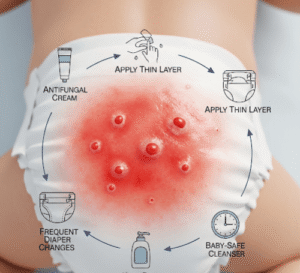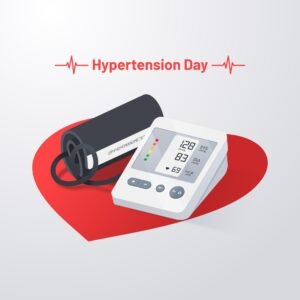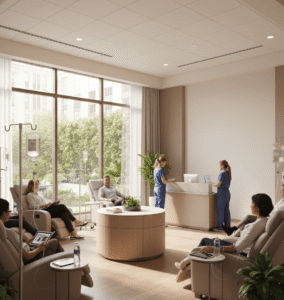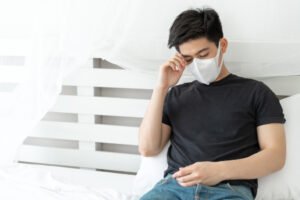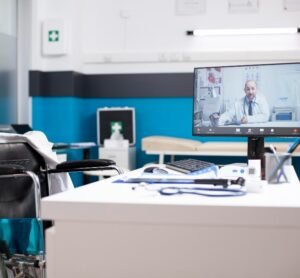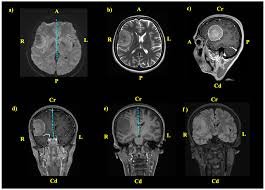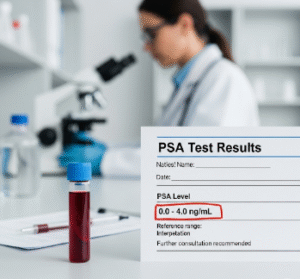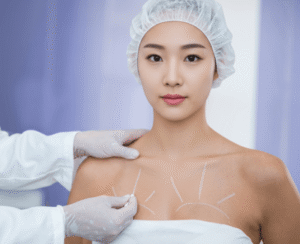Overview
Breast Implant Illness (BII) is a term used to describe a collection of systemic symptoms experienced by some women after receiving breast implants, though it is not yet formally recognized as a distinct medical diagnosis. Symptoms can range from fatigue, chronic pain, and cognitive difficulties to autoimmune-like manifestations.
In Korea, BII is managed in plastic surgery and specialized breast health clinics, combining medical evaluation, imaging, laboratory testing, and, in many cases, implant removal. Korean surgeons emphasize safe explant procedures, comprehensive evaluation, and personalized care to address both physical and psychological symptoms associated with BII.
What is Breast Implant Illness (BII)?
Breast Implant Illness refers to a spectrum of chronic symptoms reported by patients with breast implants, which may improve or resolve after implant removal (explantation). While the exact cause is unclear, it is hypothesized that immune system activation, chronic inflammation, silicone or saline sensitivity, or biofilm-related infections may contribute.
BII is not limited to a specific implant type, though reports suggest symptoms may occur in:
- Silicone gel implants
- Saline implants
- Textured or smooth surface implants
The illness is highly variable, and symptoms often overlap with autoimmune or chronic fatigue disorders, making evaluation complex.
Symptoms
BII symptoms are systemic and can affect multiple organ systems:
- Fatigue and chronic exhaustion
- Joint and muscle pain
- Cognitive impairment (“brain fog,” memory issues)
- Skin rashes, dryness, or hair loss
- Neurological symptoms: Headaches, tingling, or numbness
- Hormonal disturbances: Irregular menstruation or thyroid dysfunction
- Gastrointestinal issues: Nausea, bloating, or abdominal pain
- Mood disorders: Anxiety, depression, or sleep disturbances
- Swollen lymph nodes or generalized inflammation
Symptoms may develop months to years after implant placement, and severity can vary among patients.
Causes
The exact cause of BII remains uncertain, but potential factors include:
- Immune system activation in response to implant materials
- Chronic inflammation caused by silicone, saline, or implant coatings
- Biofilm formation on implant surfaces leading to subclinical infections
- Genetic predisposition to autoimmune or inflammatory responses
- Silicone leakage or gel bleed from implants
- Hormonal interactions affecting systemic symptoms
Research in Korea and globally is ongoing to identify biomarkers and mechanisms underlying BII.
Risk Factors
- Presence of breast implants (silicone or saline)
- History of autoimmune disease or allergies
- Multiple implant surgeries or revisions
- Textured implants may carry a slightly higher risk of immune reactions in some reports
- Family history of autoimmune or inflammatory disorders
- Female gender, as implants are primarily used by women
Complications
While BII is primarily a quality-of-life issue, it can lead to significant complications:
- Chronic pain and fatigue affecting daily functioning
- Persistent cognitive and neurological symptoms
- Emotional and psychological distress
- Secondary autoimmune conditions in predisposed individuals
- Implant-related complications: Capsular contracture, rupture, or leakage
- Delayed diagnosis may prolong symptoms and reduce quality of life
Prevention
- Pre-surgical counseling: Discuss risks, benefits, and potential systemic effects
- Choosing reputable implant manufacturers and proper surgical techniques
- Monitoring symptoms after implant placement
- Maintaining regular health check-ups
- Awareness of autoimmune or inflammatory risk factors before surgery
Treatment Options in Korea
Diagnosis
Diagnosis is largely symptom-based, supported by clinical evaluation and testing:
- Comprehensive medical history and physical examination
- Laboratory tests: Immune markers, thyroid function, vitamin levels
- Imaging: Ultrasound or MRI to detect implant integrity, leakage, or complications
- Ruling out other autoimmune or systemic conditions
- Symptom tracking to correlate implant presence with systemic complaints
Medical Management
- Symptomatic treatment: Pain relievers, anti-inflammatories, or sleep aids
- Nutritional and lifestyle interventions to support immune function
- Management of coexisting conditions such as thyroid disorders or autoimmune symptoms
Surgical Management
- Explantation (implant removal): Primary treatment for symptomatic BII
- En bloc capsulectomy: Removal of the implant along with surrounding scar tissue to reduce residual silicone or inflammatory material
- Minimally invasive explant techniques for less extensive tissue involvement
- Breast reconstruction options for patients who desire cosmetic correction post-explant
Supportive Care
- Psychological counseling to manage anxiety, depression, or body image concerns
- Rehabilitation and physical therapy for musculoskeletal pain
- Long-term follow-up to monitor symptom improvement after explantation
- Patient education on monitoring for recurrence or persistent immune symptoms
Prognosis
The prognosis for BII varies based on severity, duration, and response to treatment:
- Many patients experience significant symptom improvement after explantation, particularly with en bloc removal
- Chronic symptoms may persist in a subset, requiring ongoing supportive care
- Early recognition and management improve quality of life and reduce prolonged systemic effects
- Korean hospitals and plastic surgery centers offer multidisciplinary care, combining expert surgical techniques, immunological evaluation, and psychological support, ensuring optimal patient outcomes
- Continued research in Korea is helping clarify mechanisms and best practices for diagnosis and treatment
With state-of-the-art facilities, experienced surgeons, and comprehensive patient care, Korea provides safe and effective management of Breast Implant Illness, focusing on symptom relief, implant safety, and long-term health.


